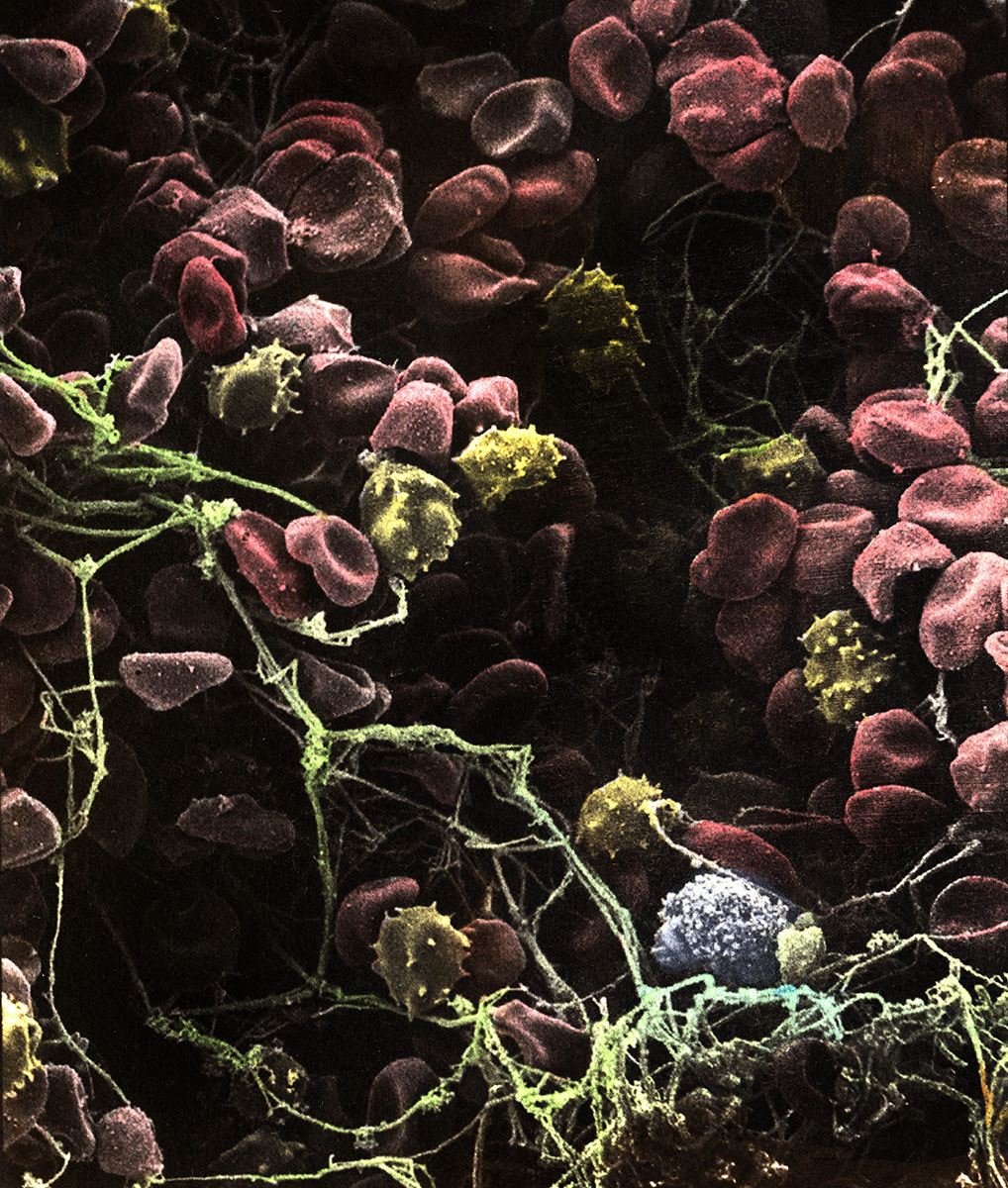LUCíA PELUFFO
UNE TENTATIVE D'ÉQUILIBRE
Born in Buenos Aires (Argentina) in 1989, Lucia Peluffo studied Industrial Design at the University of Buenos Aires. Her six-year-study aroused her interest in the image. She is interested in photography, in the nature of the image. She is also concerned with the questioning of the production and reproduction processes. She does not consider herself a “designer” but a “visual artist”. In 2016 Somo uno. Somo dos was exhibited at the Tbilisi Photo festival (Georgia). A part of that serie was finalist at the Francisco Ayerza de Fotografia Prize and received the third prize at the Tokyo International Foto Awards (2016). The book of the same name is a finalist in the Encontros da Imagem festival (Portugal), in the Fotolibro Latinoamericano in 2017 (Mexico), and in the Exposicion de Fotolibros Iberoamericanos (Portugal). Her series of photographs named Isabel was exhibited at the festival Itinéraires des Photographes Voyageurs (France), San José Foto (Uruguay) and Voies Off (Arles, France). She participated in collective and solo exhibitions. In 2019, she released the book of this same series at Ivorypress (Spain), co-published with Gonzalo Golpe and the studio Underbau. In 2018, the sketch of her book No sé es una tormenta won a mention at the Felifa-Futura Prize. It was published by La Balsa Editora and presented at Feria Migra and at the Spanish school of photography EFTO. Today, she works independently as an industrial and graphic designer, and develops her photographic career around the world. She lives in Buenos Aires.
If in medical imaging we try to find the origin of the pain we are trying to diagnose, Lucía tries to interrogate images that explore the causes, the psychic wounds, the anomalies in order to start a possible healing. In medical laboratories, the way of representing the body tends towards the construction of the concept of objectivity. Within the framework of the 1+2 Residency, and with the help of scientific laboratories, Lucía will try to develop another form of representation, that of a medical language close to an artistic language. By putting the physical body (her own) into dialogue with the idea of the « photographic body » and by creating a map of a territory of pain, linking causes and effects, the Argentinean photographer will question the protagonists on the observation and interpretation of an image, emphasizing the reaction to anomalies.

